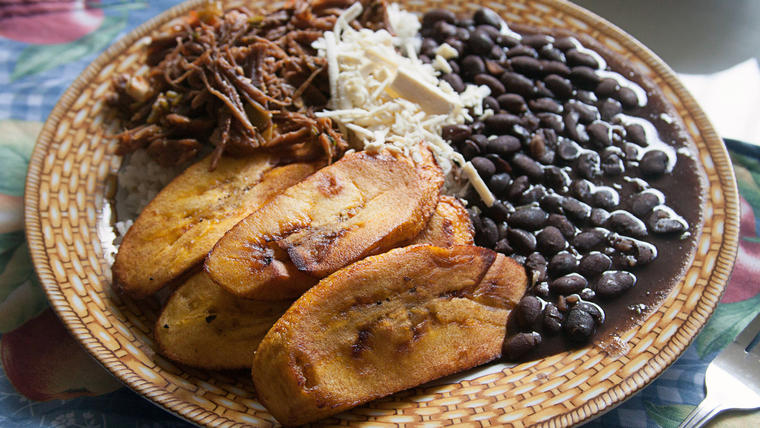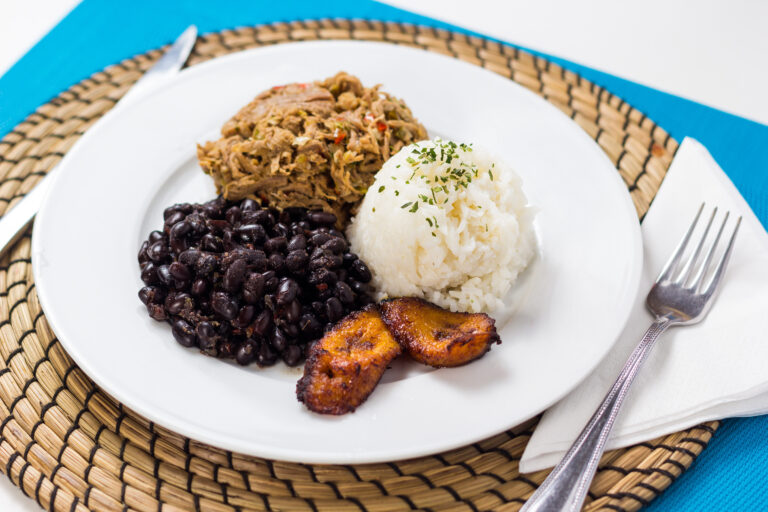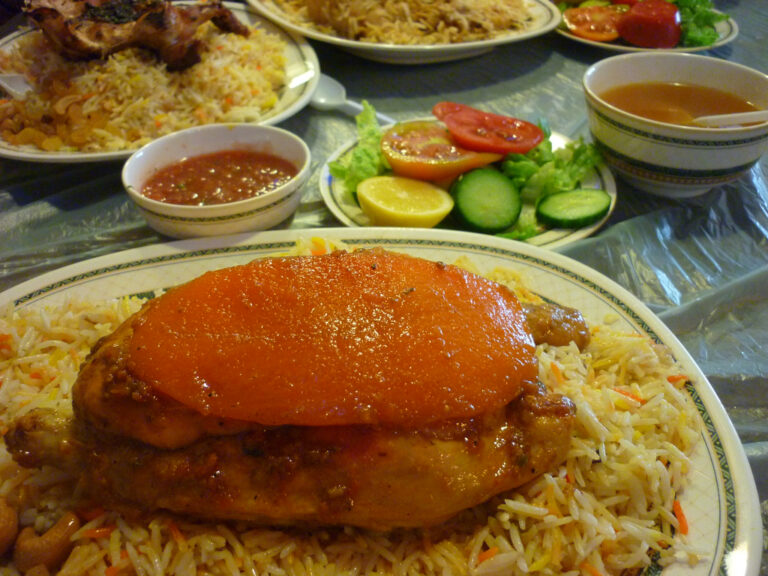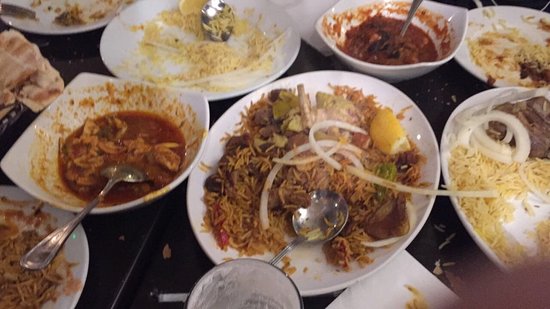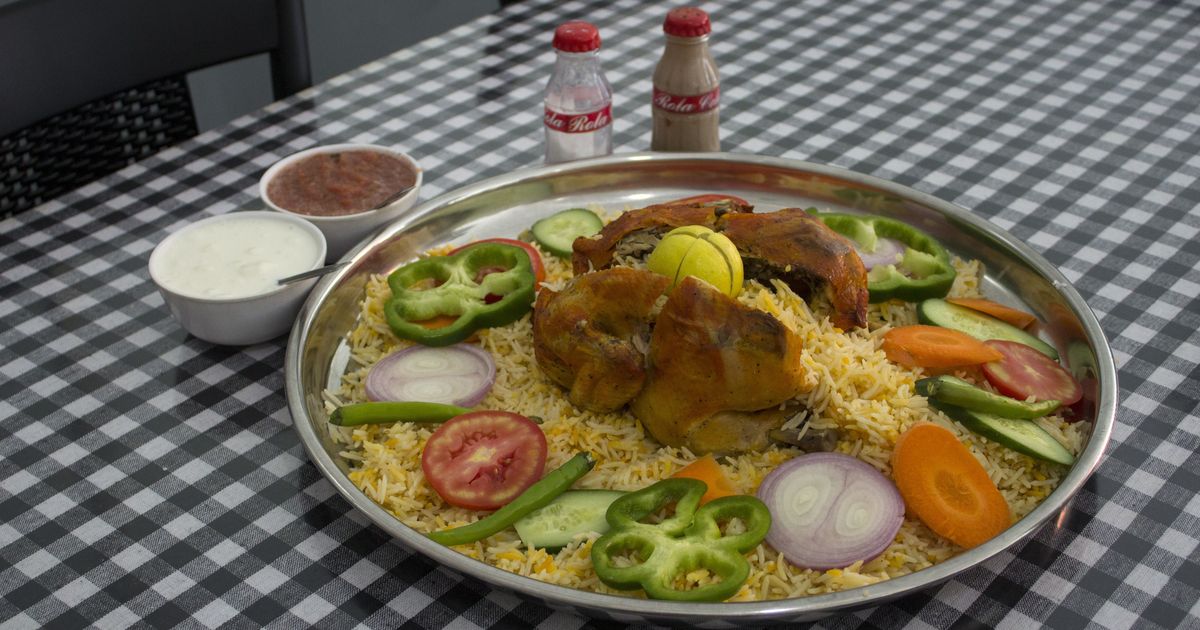Introduction: Understanding Vietnamese Cuisine
Vietnamese cuisine is known for its fresh ingredients, bold flavors, and a wide variety of dishes that reflect the country’s diverse history and culture. Vietnamese cuisine often features rice, noodles, herbs, and vegetables, as well as seafood and meats like pork and chicken. Many Vietnamese dishes are also gluten-free by default, thanks to the use of rice-based ingredients instead of wheat-based ones.
Gluten-free Diets: A Brief Overview
Gluten is a protein found in wheat, barley, and rye, which can cause digestive issues in people with celiac disease or gluten sensitivity. Gluten-free diets exclude gluten-containing foods, which can be a challenge when eating out or trying cuisines from different parts of the world. However, with some knowledge and creativity, it is possible to enjoy a gluten-free diet and still experience the delicious flavors of Vietnamese cuisine.
Wheat-based Ingredients in Vietnamese Dishes
While Vietnamese cuisine relies heavily on rice, noodles, and vegetables, some dishes do contain wheat-based ingredients. These include banh mi sandwiches made with wheat bread, crispy spring rolls made with wheat wrappers, and some soups that use wheat-based noodles. It is important to check with the restaurant or chef to see if these dishes can be made gluten-free or if there are alternative gluten-free options available.
Vietnamese Dishes that are Gluten-free by Default
Fortunately, many Vietnamese dishes are naturally gluten-free and do not require any modifications. Examples include pho, a rice noodle soup that is often made with beef or chicken broth, herbs, and spices. Bun cha, a dish of grilled pork served with rice noodles and vegetables, is another gluten-free option. Other gluten-free Vietnamese dishes include goi cuon (fresh spring rolls), com tam (broken rice with grilled meats and vegetables), and ca kho to (caramelized fish).
Modifying Vietnamese Dishes for Gluten-free Diets
For dishes that contain wheat-based ingredients, there are often gluten-free alternatives available. For example, rice paper wrappers can be used instead of wheat wrappers for spring rolls, and rice noodles can be substituted for wheat noodles in soups and stir-fries. When dining out, it is important to communicate any dietary restrictions to the server or chef to ensure that the dish can be modified to fit a gluten-free diet.
Conclusion: Enjoying Gluten-free Vietnamese Cuisine
While some Vietnamese dishes may contain wheat-based ingredients, there are many gluten-free options available. By understanding the basics of Vietnamese cuisine and communicating with the restaurant or chef, it is possible to enjoy delicious gluten-free Vietnamese dishes. Whether dining out or cooking at home, there are many creative ways to modify dishes or use gluten-free alternatives without sacrificing flavor or authenticity.



